Kyoto Inspiration 2025
Reimagining Kyoto
Reimagining Kyoto

The Kyoto Inspiration program is primarily made up of two types of activities: lectures and field trips. Lectures will take place on Kyoto Seika University’s campus, as well as at off-site locations. Field trips consist of visits to a wide range of workshops, museums, contemporary businesses, and other places of interest within the city. Students will have two completely free days (June 7 (Sat) and June 8 (Sun)) with which to explore other Kyoto landmarks or visit nearby cities such as Osaka or Nara.
Please see below for a partial list of lectures and field trip destinations. This page will be updated as necessary.
*Program content is subject to change.
Please see below for a partial list of lectures and field trip destinations. This page will be updated as necessary.
*Program content is subject to change.
Lectures
The Culture and Aesthetics of Tea
Dairik Amae
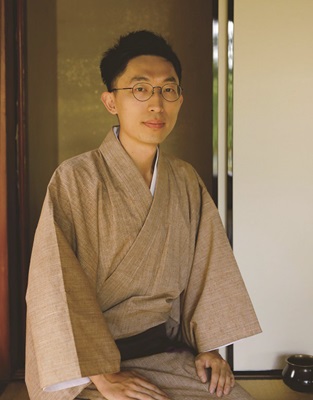
Dairik Amae began practicing Japanese Tea Ceremony at the age of 19, studying under the Urasenke school of tea. He has a background in Japanese architecture as well as design, and has lived in multiple countries over the years including Korea, Russia, the U.S., Syria, and Ukraine. He is currently based in Kyoto.
Slow Kyoto
Paul Carty
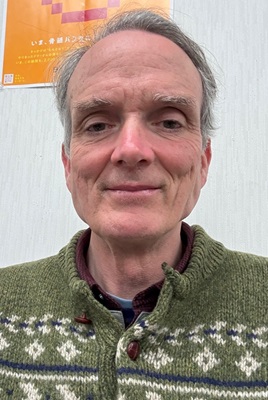
I am originally from New York, the Bronx section. I majored in Medieval Studies at NYU. In that program I studied the history, art, religion, literature and other areas of that long historical period. When I arrived in Kyoto many years ago, I became fascinated with all the cultural aspects of Kyoto. I have been lecturing about Kyoto for about 25 years now. It is a city with a rich history. Around every corner, in every garden, in temples, and museums, there are so many stories, historical characters, and traditional practices to discover. Japanese and Kyoto culture have so much to teach us. I teach at Ryukoku University. I am a member of Writers in Kyoto. It is a great site to read and find out about Kyoto. In my free time, I used to wander around the mountains of Japan but now I mainly watch lots of my son’s soccer games.
Photographing Kyoto
John Einarsen

John Einarsen was born in Denver, Colorado, and has resided in Kyoto some 40 years. He has studied Miksang Contemplative Photography for many years. His photography books include Kyoto: The Forest Within the Gate (2014), Small Buildings of Kyoto Vol I & II (2017, 2018), Curtain Motif (2021), and This Very Moment (2022). He is the founding editor and publisher of Kyoto Journal (1987 to present), and received Kyotographie’s Life Achievement Award in 2024.
Cultural Management and Branding
Tina Koyama
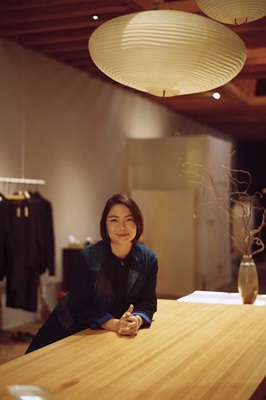
CEO and founder of POJ Studio, Tina is a designer by trade with roots in Japan. She serves as a bridge between worlds: Japan and the West, digital and analog, traditional and modern living. Leading the research & development of culturally embedded products, she drives new business initiatives that bring traditional Japanese goods and experiences to those who appreciate them.
After a fast-paced decade in digital product design across Tokyo and Silicon Valley, she longed for lasting quality, grounded experiences, and a sense of contribution to community. Her mother—a Japanese craftswoman-at-heart—took her to meet artisans across Japan, where she learned many struggled to survive. Those encounters inspired POJ Studio.
Craft as a Mirror of Culture
Sachiko Takamuro
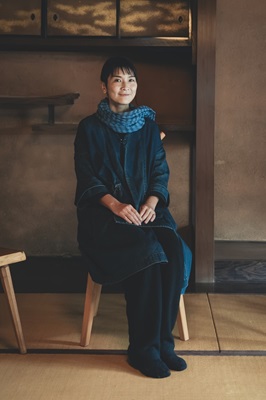
Craft Culture Coordinator / PERSPECTIVE
Based in Keihoku, a mountainous region that historically supplied timber for the founding of Heian-kyo, Sachiko develops educational and residency programs through PERSPECTIVE, exploring the interwoven relationships between nature, culture, and craftsmanship from a watershed perspective. Drawing inspiration from the sustainable interactions between humans and nature that craft traditions have cultivated over time, she manages multiple initiatives in Kyoto’s mountainous Keihoku region, including The Forest of Craft, a program that explores human-nature relationships through forest stewardship; Fuu, a residency space designed for deep engagement with the local community; and Fab Village Keihoku, a hub for craftsmanship utilizing local materials.
Based in Keihoku, a mountainous region that historically supplied timber for the founding of Heian-kyo, Sachiko develops educational and residency programs through PERSPECTIVE, exploring the interwoven relationships between nature, culture, and craftsmanship from a watershed perspective. Drawing inspiration from the sustainable interactions between humans and nature that craft traditions have cultivated over time, she manages multiple initiatives in Kyoto’s mountainous Keihoku region, including The Forest of Craft, a program that explores human-nature relationships through forest stewardship; Fuu, a residency space designed for deep engagement with the local community; and Fab Village Keihoku, a hub for craftsmanship utilizing local materials.
Three Gates to the Realm of Manga
Sookyung Yoo

Lecturer at the Faculty of Global Culture at Kyoto Seika University. Also, a member of International Manga Research Center and the Center for Africa-Asia Contemporary Studies of KSU. From 2014, she has been involved in various international and domestic projects related to manga research in affiliation with Kyoto International Manga Museum. Her main research themes are visual expressions of manga and how Japanese manga is received internationally, etc.
Field Trips
Chiso

Ever since our founding in 1555, Chiso has been producing a wide variety of dyed and woven textiles that reflect the beauty of each era by assembling the finest techniques available in each period. Rooted in Kyoto over centuries, with our in-depth knowledge and skills that we cultivated, we have been evolving our path from the past to the present, and future, together with our pursuit of beauty as well as cultural expansion.
Hosoo Co., Ltd.
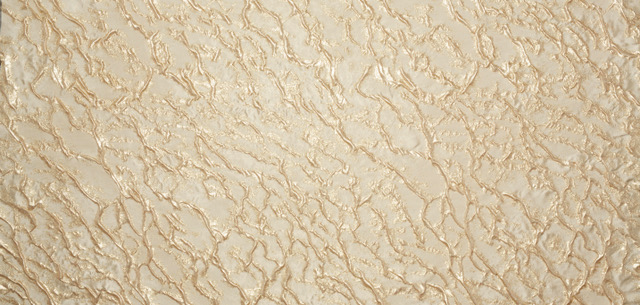
HOSOO was founded in 1688 in Nishijin in Kyoto as a weaver purveying to prominent temples. Nishijin textile, Kyoto’s pre-dyed yarn textile, has been nurtured since 1200 years ago with the support of imperial nobles, the samurai class, and wealthy merchants. Today, Hosoo combines traditional Nishijin textile techniques for obi and kimono that it has inherited with innovative techniques and a timeless design sensibility to create one-of-a-kind textiles and offer them to the luxury markets in Japan and abroad.
Ippodo Tea
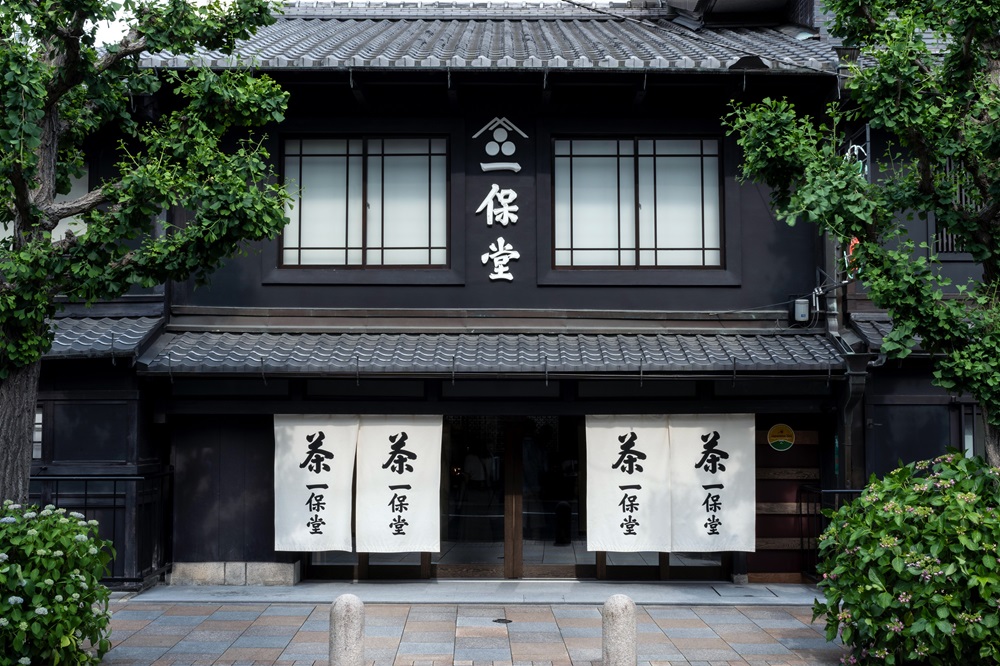
Ippodo's origins date back three centuries to the year 1717, when Rihei Watanabe established a shop called Omiya to sell tea and ceramics. In 1846, the shop was renamed Ippodo, which literally means “preserve one.” The name came from Prince Yamashina, who enjoyed Ippodo tea and wanted the shop to preserve one tradition: providing high quality tea. Ippodo continues to adapt as times change, but has remained devoted to high quality Japanese tea ever since.
Kizakura

Kizakura is located in the Fushimi district of Kyoto, blessed with an abundance of underground spring water called "Fushimizu," ideal for making sake. Even the place name "Fushimi" is derived from the meaning of spring water. Kizakura has remained devoted to the tradition of sake brewing, aiming to bring delicious sake to customers. We have continued to develop many types of sake to suit the market needs.
Kyoto International Manga Museum
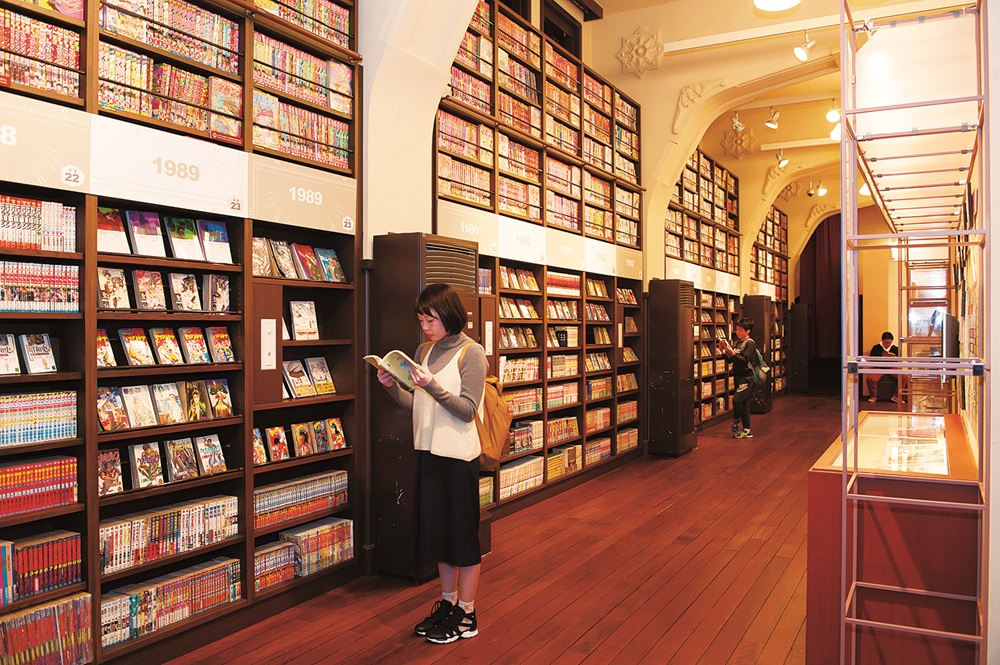
The Kyoto International Manga Museum was founded as a joint project of Kyoto City and Kyoto Seika University to collect, preserve, and exhibit manga materials, and conduct research into manga culture, for the purpose of holding exhibitions and events based on the research of these manga materials which are attracting attention from around the world. Manga materials preserved in the museum's collection consist of approximately 300,000 items; from caricature woodblock prints of the Edo period (18th century), to magazines of the latter half of the 19th century and the pre-war time; as well as books ranging from post-war rental books to modern popular series and publications from abroad. The museum is housed in the Showa era building of the former Tatsuike Elementary School, preserving its historical appearance, and thus representing the role that the school has played as a longtime symbol of the region.
Seiwasou
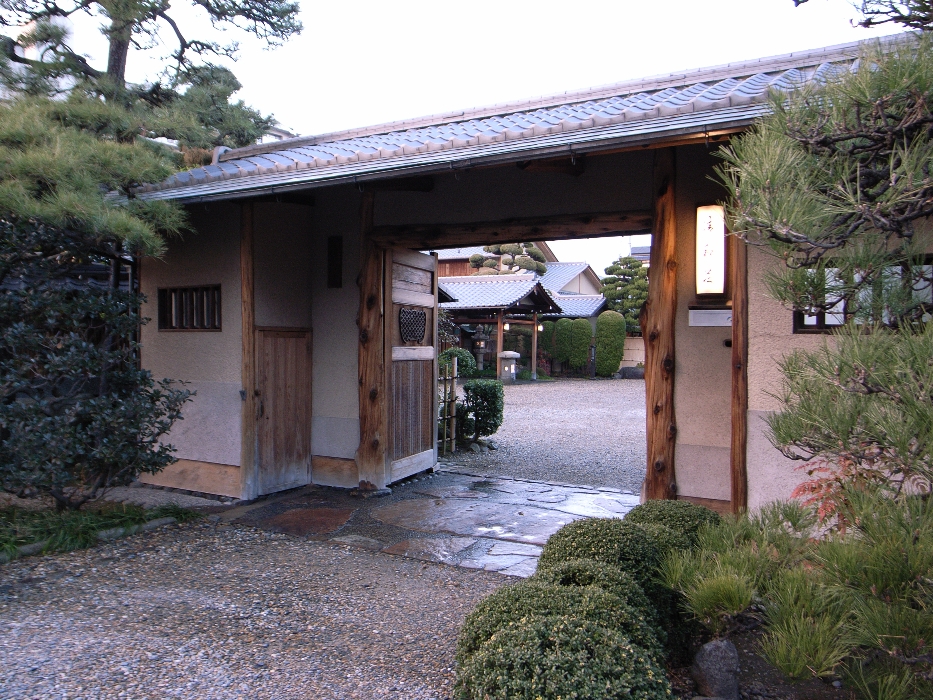
Founded in 1957, Seiwasou is a Japanese restaurant located in Fushimi, Kyoto. Fushimi in Kyoto is a popular tourist spot famous for Fushimi Inari Shrine and the 10,000 torii gates. As you pass through the gate and walk down the cobble-stone path onto the estate, you will feel a natural excitement and anticipation build as you enter the sukiya-zukuri architecture. Relax and take in the beautiful views of the elegant traditional Japanese garden from a private room where you can enjoy Kyoto cuisine, including seasonal Kyoto vegetables, a variety of fresh seafood and luxurious delicacies. We welcome those visiting Kyoto to Seiwasou, where they can feel at ease, savor each moment and leave with an unforgettable memory.
Shoyeido
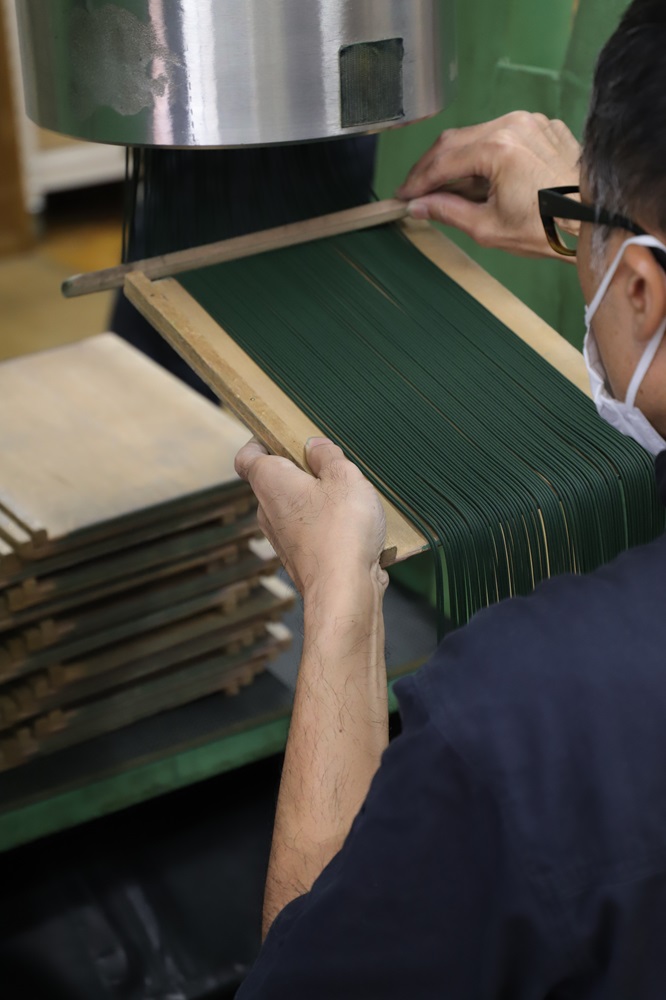
Shoyeido strives to convey the fascination and tradition of Japanese incense culture that has endured for more than 1,400 years. We hold nature in highest esteem, and with its blessings, endeavor to create high quality incense. Through our incense products, we propose "a good life with fragrance" to our customers, and aspire to please those whose paths cross with ours.
Other field trip destinations
Questions?
Please review our Logistics | FAQ page
For all other inquiries, please contact us at kokusai@kyoto-seika.ac.jp
For all other inquiries, please contact us at kokusai@kyoto-seika.ac.jp
